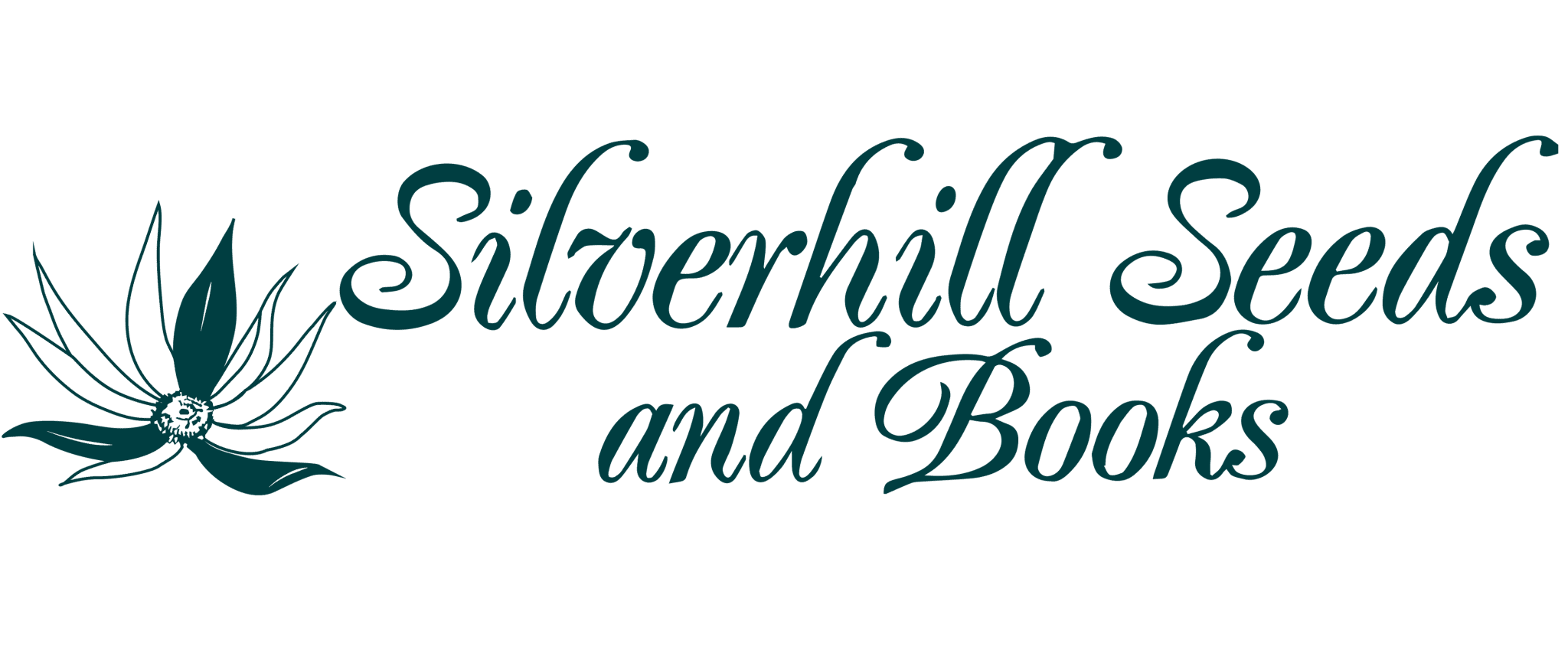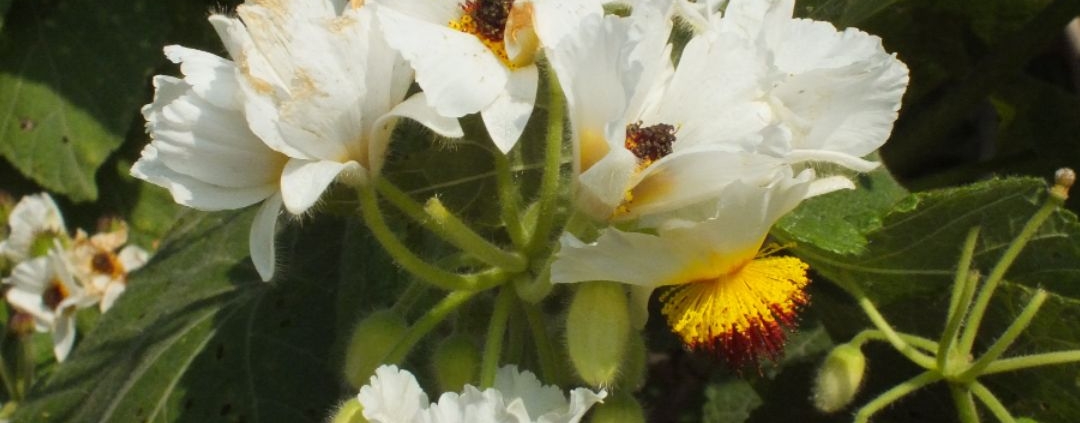Newsletter 2: May 2019
May 2019
Dear Plant Lovers
This Newsletter has been a while in the making and I must apologise as I am sure you are all wondering how we are doing.
Rod and Rachel’s house was sold at the end of last year and we had to move out. After a bit of hunting we found a small unit in a light industrial park, not a stone’s throw away from where we were about 12 years ago (for those who remember).
Our moving day dawned cool and somewhat wet, which was not a good sign as we had all our books to move, but thankfully it ended up being quite easy. There were shelves already set up, so we moved books from shelves at Silverhill to shelves in our new bookroom.
The seed shelves were a bit more challenging, but with Andy’s help and incredible packing skills we got all the shelves down in 2 trips.
The seed crates were fairly east to move as they could be stacked in the cars, so we all made a few trips up and down.
We got a small removal company to help with all the big bits and pieces; fridge, bookshelf as well as some crates of uncleaned Protea seed, which was great, each one was carefully wrapped, so we did not lose a single seed!
A huge thank you to Kenneth for getting our computers up and running. Cherrie, Jenny, Andrea and Euphonia for the packing and driving up and down. To Pat, for her calmness and organisational skills. Kirstin for being the very best sister ever and just being so practical. To Andy for the brilliant packing skills, Thomas for his patience with us and doing some of the heavy work. Lastly to Erica (my daughter) who gave up her holiday to lend us her young muscle and for being patient with her stressed mother. ( left anyone out?)
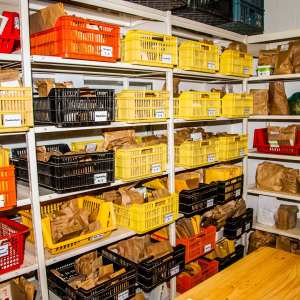
We all came back into the new premises from the 7th of January and started catching up on the backlog.
We have had a few teething problems with the workflow, but are working it out slowly. We are also using a new invoicing program, which has taken quite a bit of getting used to, but seems to be quite easy to use and is making things much easier in the office. I do realise some of the personal touch has gone, but am hoping that for you, our customers, and for us it is making things a bit easier.
The books are much more visible and will be a lot easier to browse through, if you come in to buy a book or 2.
The office staff consist of Pat and Kirstin. Cherrie and Jenny are the soldiers completing your orders and Euphonia is cleaning seeds for us.
Anthony Hitchcock formerly of Kirstenbosch is now our collecting guru as well as helping me with some of the more difficult questions, one gathers a lot of information and I have over the last 20 years, but 40 years is a whole lot more knowledge than I have been able to assimilate as yet and I thank Anthony for his unending patience with me and always being willing to help. Anthony is not in the office, but pops in now and then to stir the ladies up with his jokes, he works from home a lot of the time.
I have asked him to put together a list of some interesting plants that you might like to try and grow yourselves as there are some species that are little known in plant circles.
Lobelia valida ‘limestone lobelia’
Lobelia valida is a superb, fast growing herbaceous perennial up to 40cm high producing a breathtaking profusion of exquisite blue flowers during summer. The plants branch from the base producing attractive, densely crowded leaves with toothed margins. They thrive in alkaline or acidic, well-drained, organically rich soils and is particularly breath-taking when massed in groups. This rare South African plant is a superb perennial and easily grown from seed.
Metalasia aurea ‘Golden Metalasia’
Metalasia aurea is a densely branched South African shrub from the eastern Fynbos region.
Metalasia muricata is close relative commonly used by landscapers in South Africa, but whereas it has white flowers, Metalasia aurea has exquisite golden-yellow flowers and a more compact growth habit ranging from 0.8 – 1.2m in height. In every way this species is superior to other Metalasias and new to horticulture. It is very easy to grow and maintain and flowers from autumn to early winter in South Africa (April – June). Its bright yellow flower heads illuminate the winter landscape where it is particularly effective in dense plantings. Seed is easy to germinate, which may be enhanced by smoke treatment. Soil – well drained neutral to acidic.
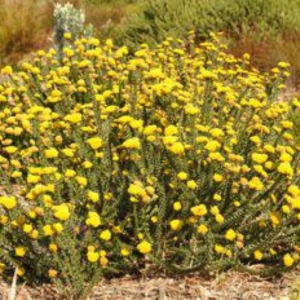
Figure 1: Metalasia aurea
Podalyria buxifolia – ‘box-leaf bush-sweetpea’
Podalyria buxifolia is another unheralded gem from the southern Cape region. It is new to horticulture, but we believe it has good potential and is an excellent plant for the gardener wanting to attract bees and butterflies to the garden. It has attractive, dark-green, glossy leaves and the most exquisite magenta, pea-like, scented flowers in summer. It is a spreading, well-branched, re-sprouting shrub growing to 1m high with a 2m spread. The leaves are simple, dark, glossygreen on top and have silky white hairs on the lower surfaces that produce a silvery sheen. It is easy to grow from seed which must be sown in the warm months. Soils should be well drained, and neutral to acidic. Treatment with hot water and a pre-emergence fungicide enhances germination. Flowering time is from August to April. Zone 8.
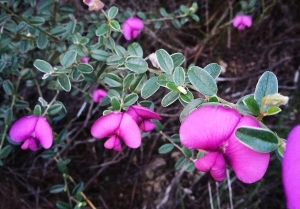
Figure 2 – Podalyria buxifolia
Sparmannia africana ‘Cape stock rose, wild stock rose, African hemp, ‘Cape hollyhock’ Sparmannia africana is an attractive, much branched, bushy, soft-wooded evergreen shrub with a round growth habit usually 4m tall but may grow up to 8m. The branches are soft, leaves are large, heart-shaped with toothed margins. The flowers are white with a mass of yellow and red-purple stamens in the centre. Much of the attraction of this flower is in the puff of brightly bicoloured stamens. The sterile outer stamens are yellow with purple tips while the inner ones, stained reddish-purple with purple tips, are fertile. Flowering occurs from mid-winter into early summer (June to November). Sparmannia africana is an easy-to-grow large shrub for shade or full sun.
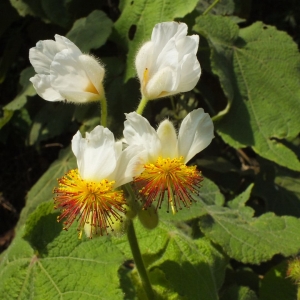
Figure 3 – Sparmannia africana Zone 10.
Phylica pubescens ‘featherhead’
An exquisitely attractive fynbos shrub densely covered with luminous, hairy leaves where each hair seems to gather the sunlight and make it glow. Early morning or late afternoon sun shining behind the featherhead bush makes all other plants dull by comparison. The branches of this erect, 1.2-2m tall bush are clothed with narrow, hair-covered leaves, which become crowded at the branch tips. Each branch ends in a lovely, compressed flowerhead, comprising rings of feathery bracts amongst which the tiny flowers nestle. They flower in autumn and winter (May to August). Seeds are easy to germinate when treated with hot water and a pre-emergence fungicide. Soils must be well drained and acidic. Zone 8.
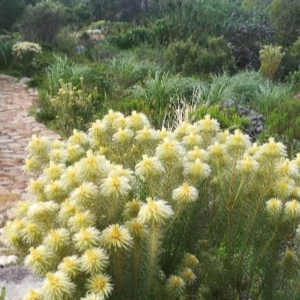
Figure 4 – Phylica pubescence Turraea obtusifolia ‘Small honeysuckle’
Turraea obtusifolia is an often-overlooked, beautiful, ornamental shrub with glossy dark green foliage displaying masses of showy white flowers in summer and decorative orange-red fruits in late summer to winter. The flowers are fragrant at night and are pollinated by moths. This plant does best when planted in a warm position against a wall. Sow Spring. Zone 10.
Phylica litoralis
Compact rounded shrub to 1m with dense arrangement of dark green leaves and attractive clusters of white flowers forming numerous button-like flower heads that cover the plant. Grows in full sun along the southern Cape coast and is an ideal coastal plant being resilient against the desiccating effects of salt-laden winds. Suitable filler in gardens near the coast or warm, sunny gardens. Germinate readily when pre-treated with hot water. Sow Spring. Zone 9
Erica verticillata (Extinct in the Wild)
This exquisite Erica has been the subject of much conservation attention in South Africa and at Kirstenbosch National Botanical Garden. From being thought extinct in the early 1980s, it has resurfaced in several places around the world through the efforts of the British Heather Society, Kew RBG, private growers and famously from the Belvedere Palace collections in Vienna where it has been growing.
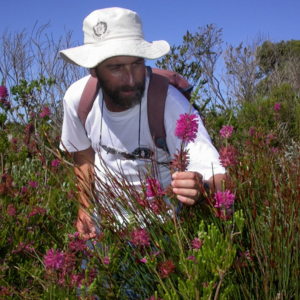
Figure 5 – Anthony Hitchcock with the magnificent Erica verticillata which has been restored to Rondevlei Nature Reserve
Erica verticillata is a handsome, strong growing species averaging between 1.5 and 2m in height, but specimens can grow up to 3m tall. It produces beautiful pink, tubular flowers arranged in neat whorls. Peak flowering is from January to March, but it is known to flower intermittently throughout the year. Nine distinct forms of this species have been discovered in collections around the world.For further information see: http://pza.sanbi.org/erica-verticillata and author with species in picture above. Please request as seed is limited due to poor seed set probably resulting from long-time isolation in cultivation. Seed produced germinates well when smoke treated. Seed supplied is open pollinated and therefore may yield a mixture of the forms. Sow Autumn. Zone 8.
Other exciting seeds you might like to try:
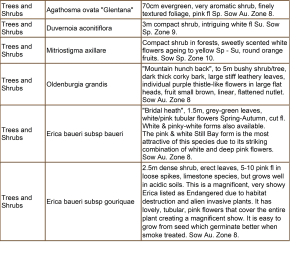
NB. Instructions to sow in autumn refer to South African winter rainfall conditions, however on other areas we recommend sowing at the beginning of the growing season.
Happy Growing
Ondine and the Silverhill Team
